Renjie Pan
OpenResearcher: Unleashing AI for Accelerated Scientific Research
Aug 13, 2024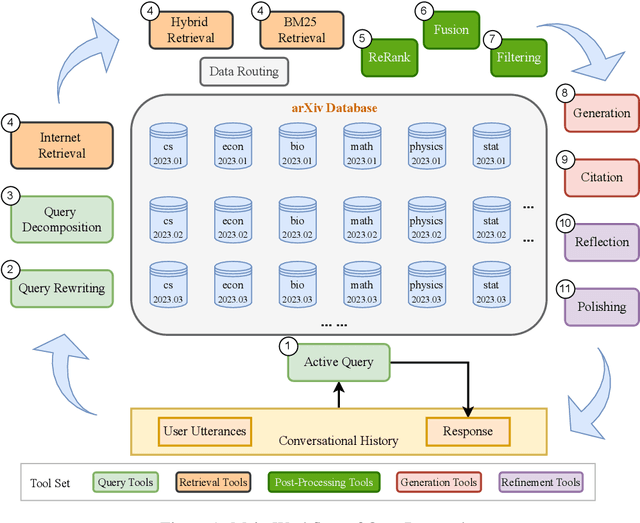

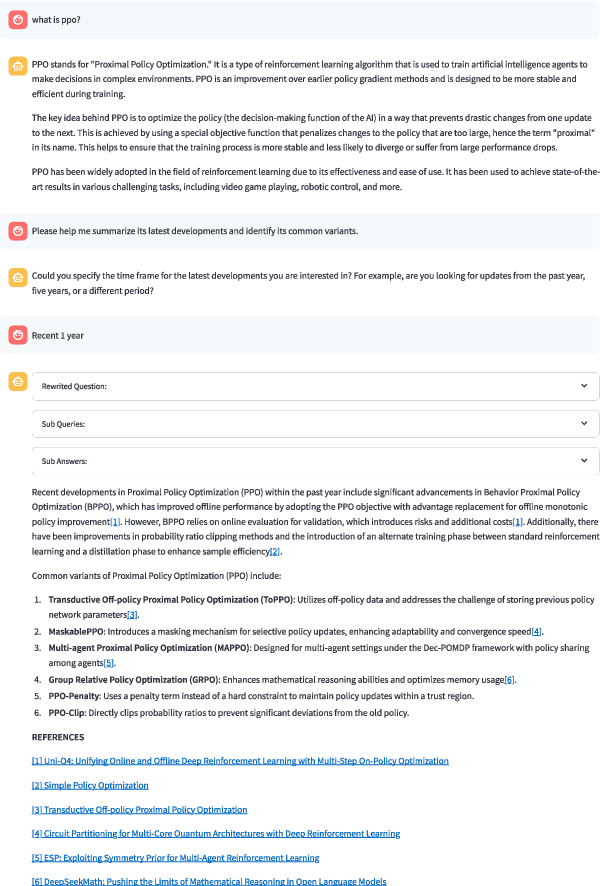
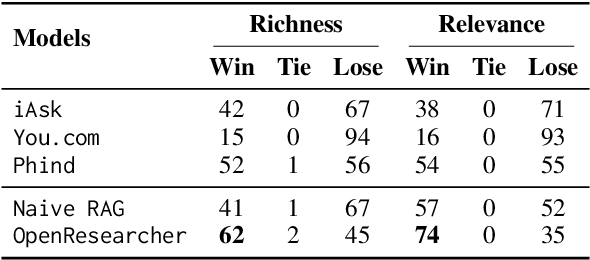
Abstract:The rapid growth of scientific literature imposes significant challenges for researchers endeavoring to stay updated with the latest advancements in their fields and delve into new areas. We introduce OpenResearcher, an innovative platform that leverages Artificial Intelligence (AI) techniques to accelerate the research process by answering diverse questions from researchers. OpenResearcher is built based on Retrieval-Augmented Generation (RAG) to integrate Large Language Models (LLMs) with up-to-date, domain-specific knowledge. Moreover, we develop various tools for OpenResearcher to understand researchers' queries, search from the scientific literature, filter retrieved information, provide accurate and comprehensive answers, and self-refine these answers. OpenResearcher can flexibly use these tools to balance efficiency and effectiveness. As a result, OpenResearcher enables researchers to save time and increase their potential to discover new insights and drive scientific breakthroughs. Demo, video, and code are available at: https://github.com/GAIR-NLP/OpenResearcher.
Exploring Interactive Semantic Alignment for Efficient HOI Detection with Vision-language Model
Apr 19, 2024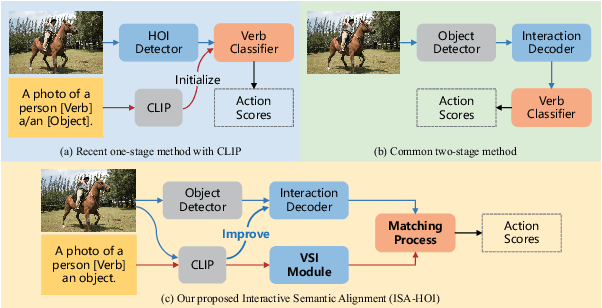
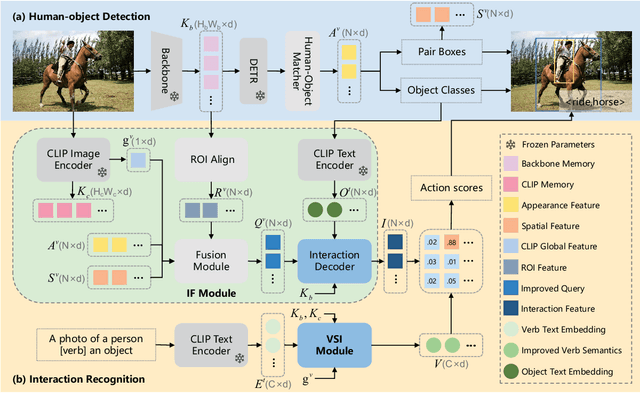
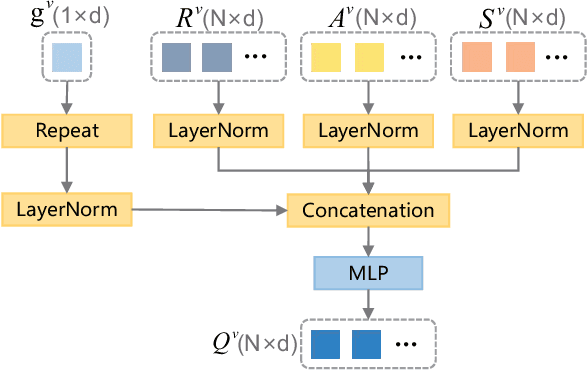
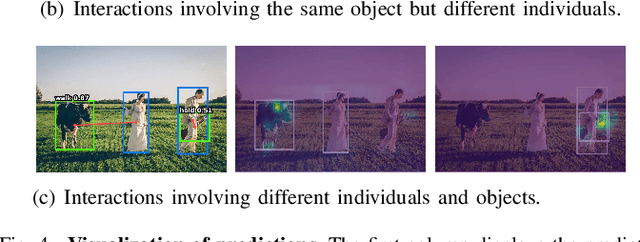
Abstract:Human-Object Interaction (HOI) detection aims to localize human-object pairs and comprehend their interactions. Recently, two-stage transformer-based methods have demonstrated competitive performance. However, these methods frequently focus on object appearance features and ignore global contextual information. Besides, vision-language model CLIP which effectively aligns visual and text embeddings has shown great potential in zero-shot HOI detection. Based on the former facts, We introduce a novel HOI detector named ISA-HOI, which extensively leverages knowledge from CLIP, aligning interactive semantics between visual and textual features. We first extract global context of image and local features of object to Improve interaction Features in images (IF). On the other hand, we propose a Verb Semantic Improvement (VSI) module to enhance textual features of verb labels via cross-modal fusion. Ultimately, our method achieves competitive results on the HICO-DET and V-COCO benchmarks with much fewer training epochs, and outperforms the state-of-the-art under zero-shot settings.
 Add to Chrome
Add to Chrome Add to Firefox
Add to Firefox Add to Edge
Add to Edge